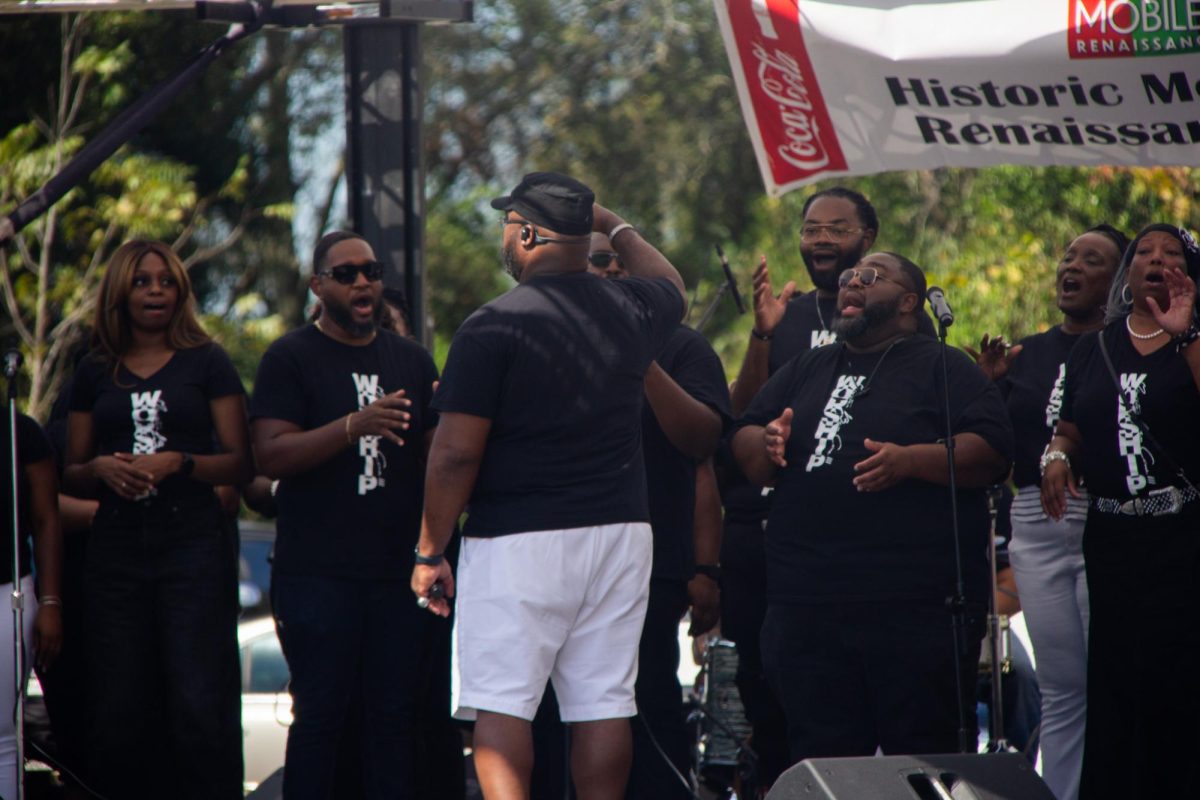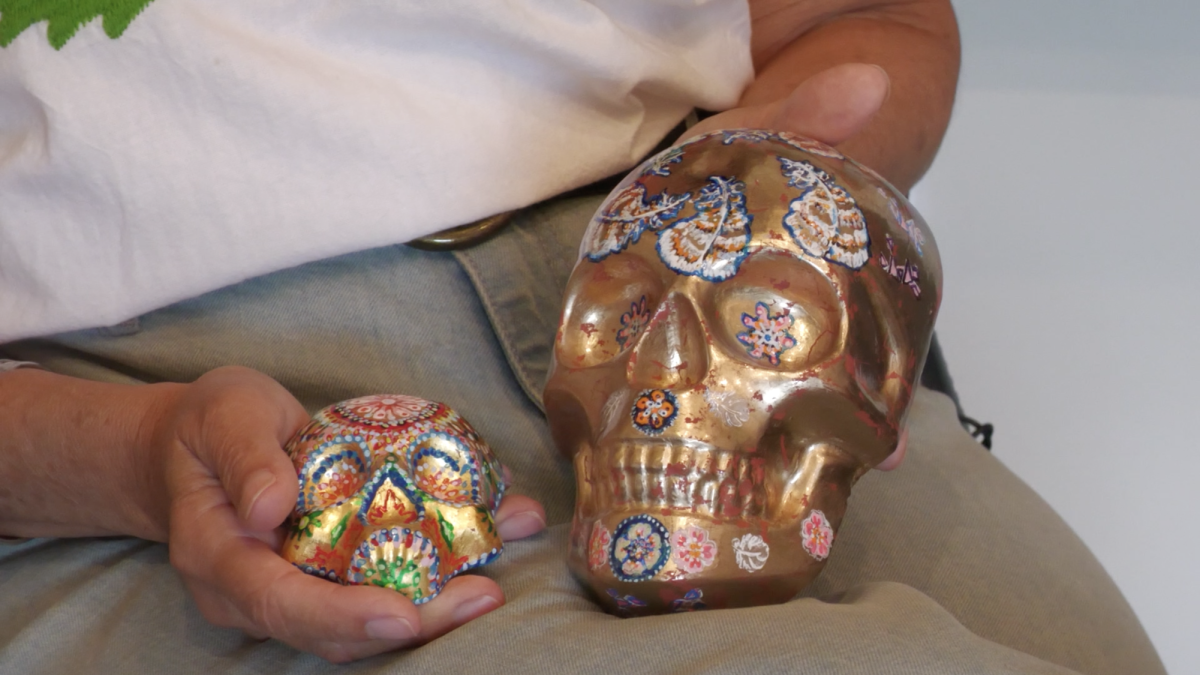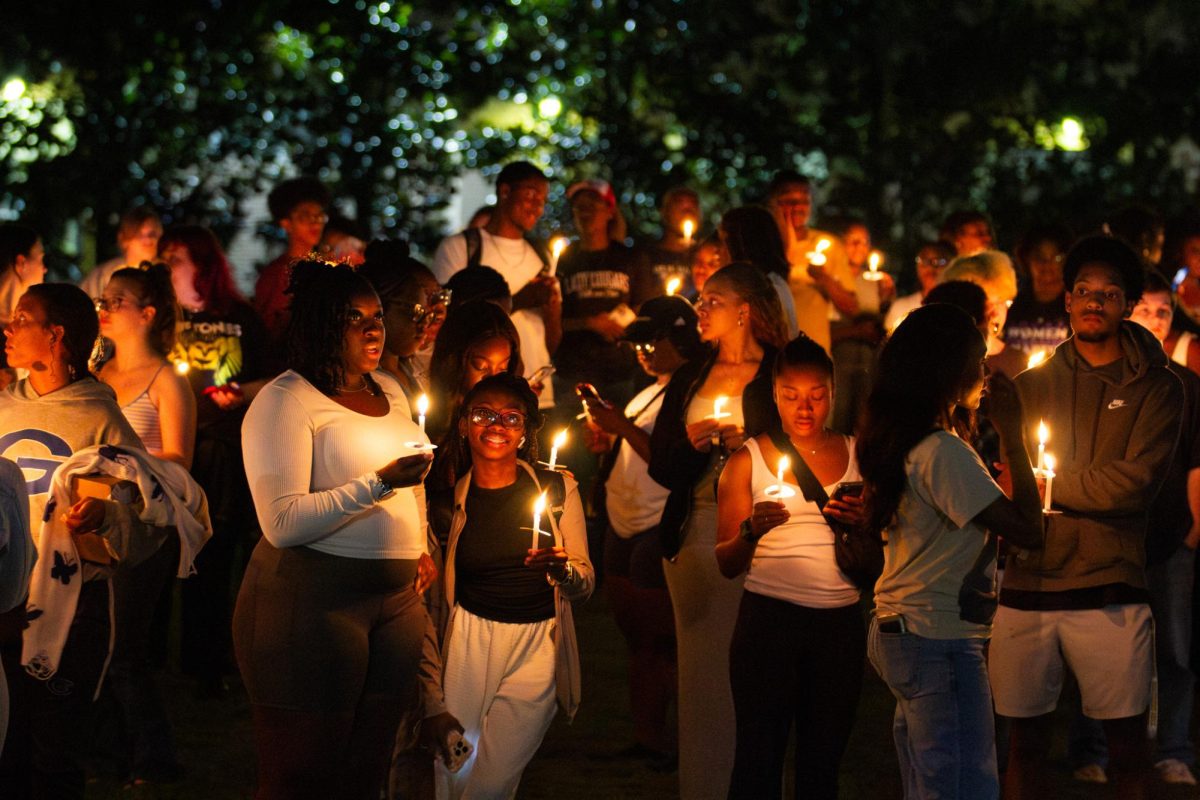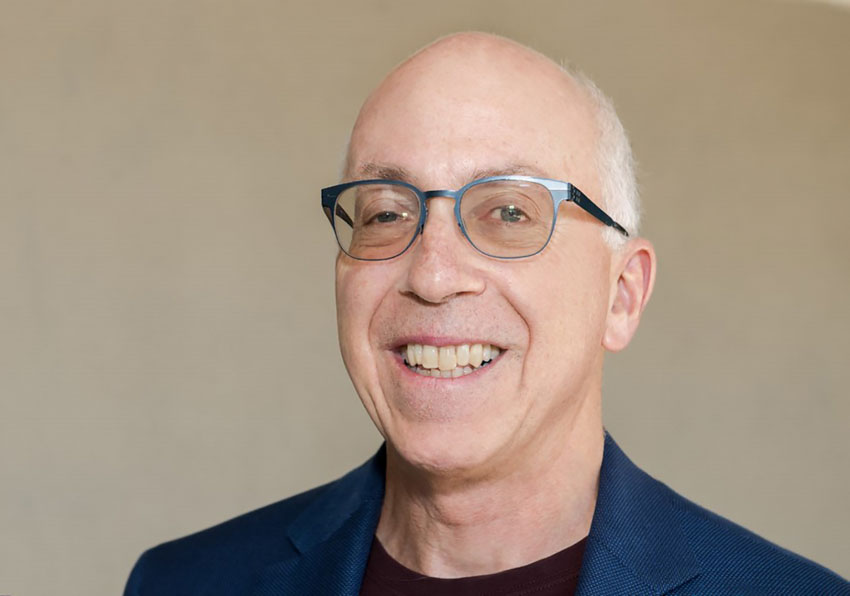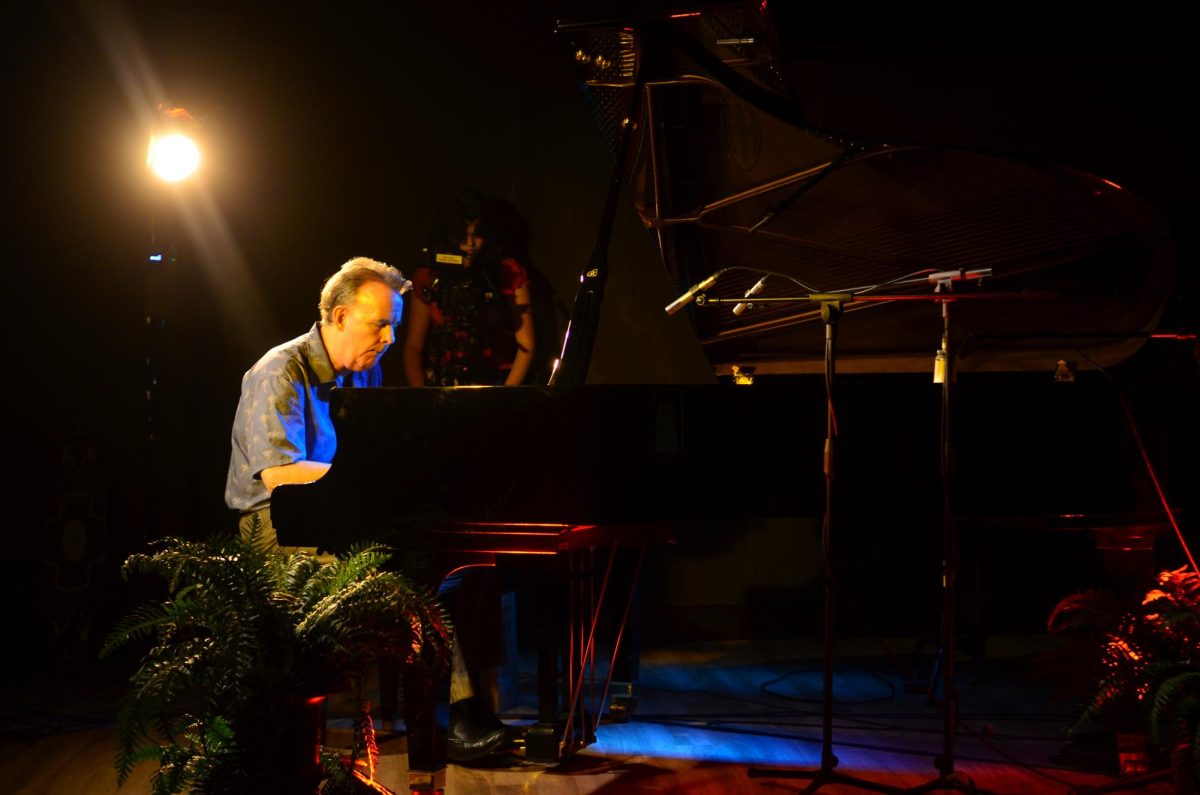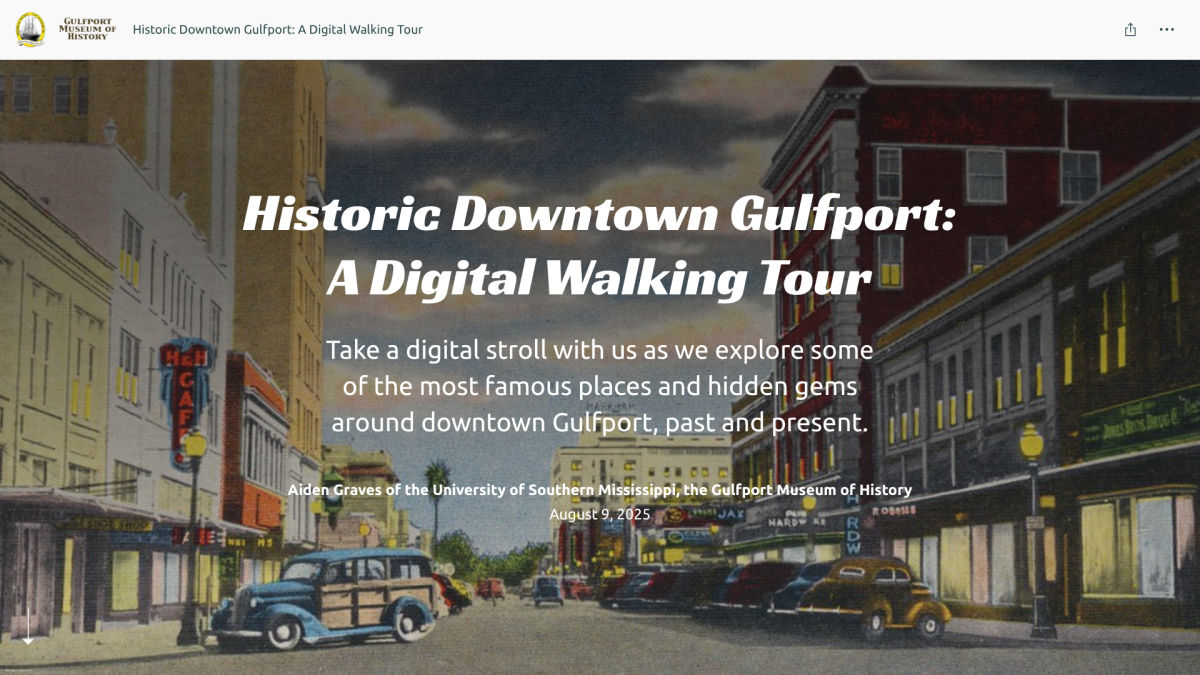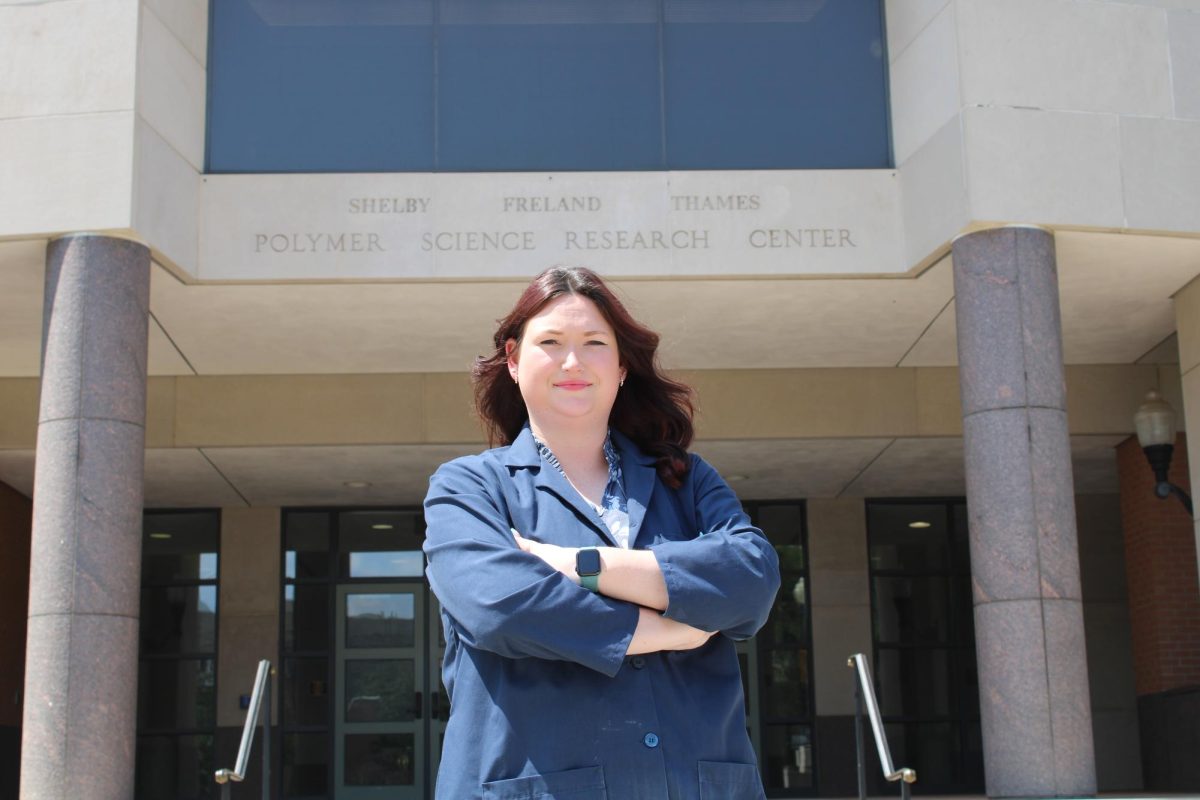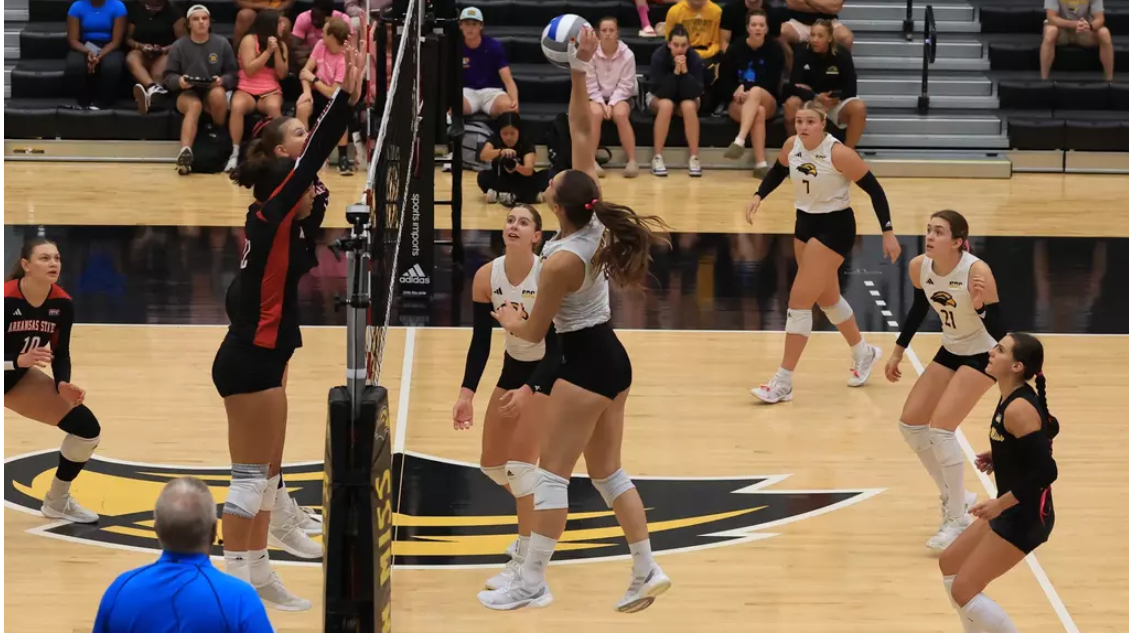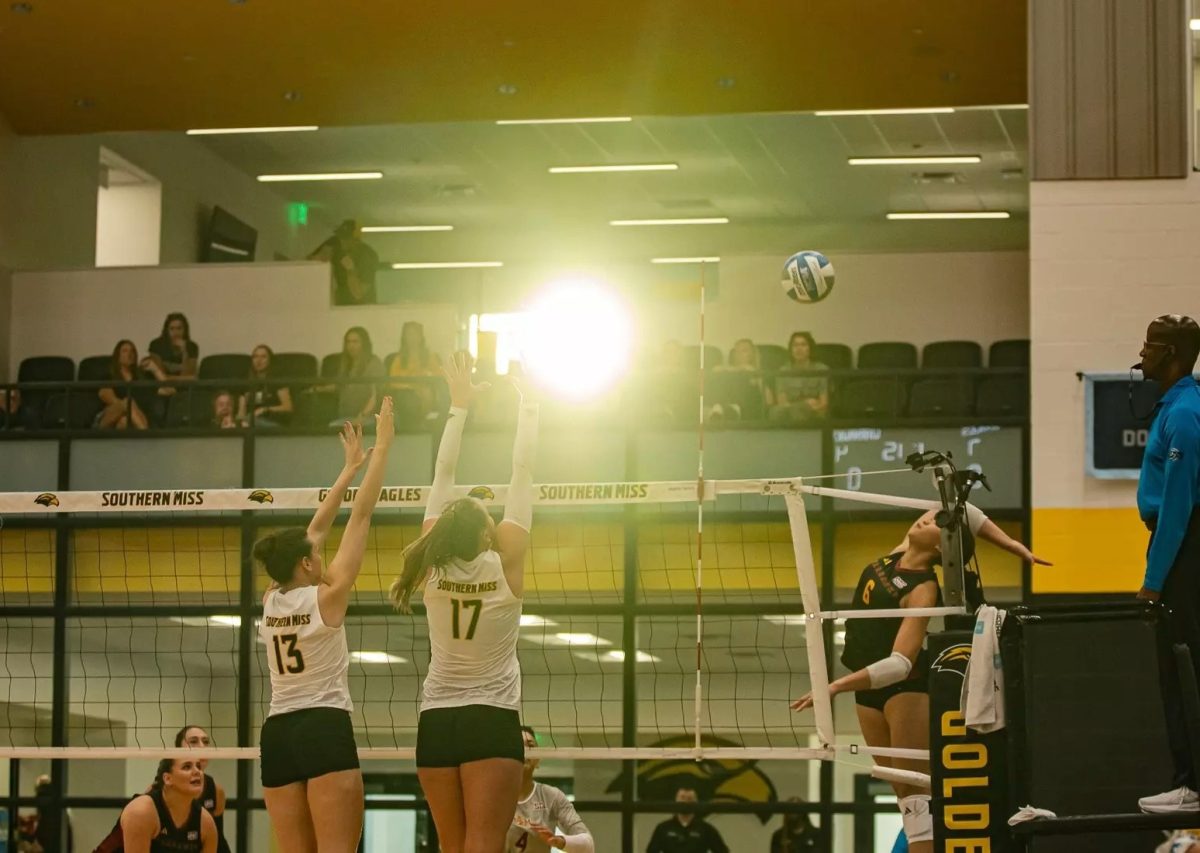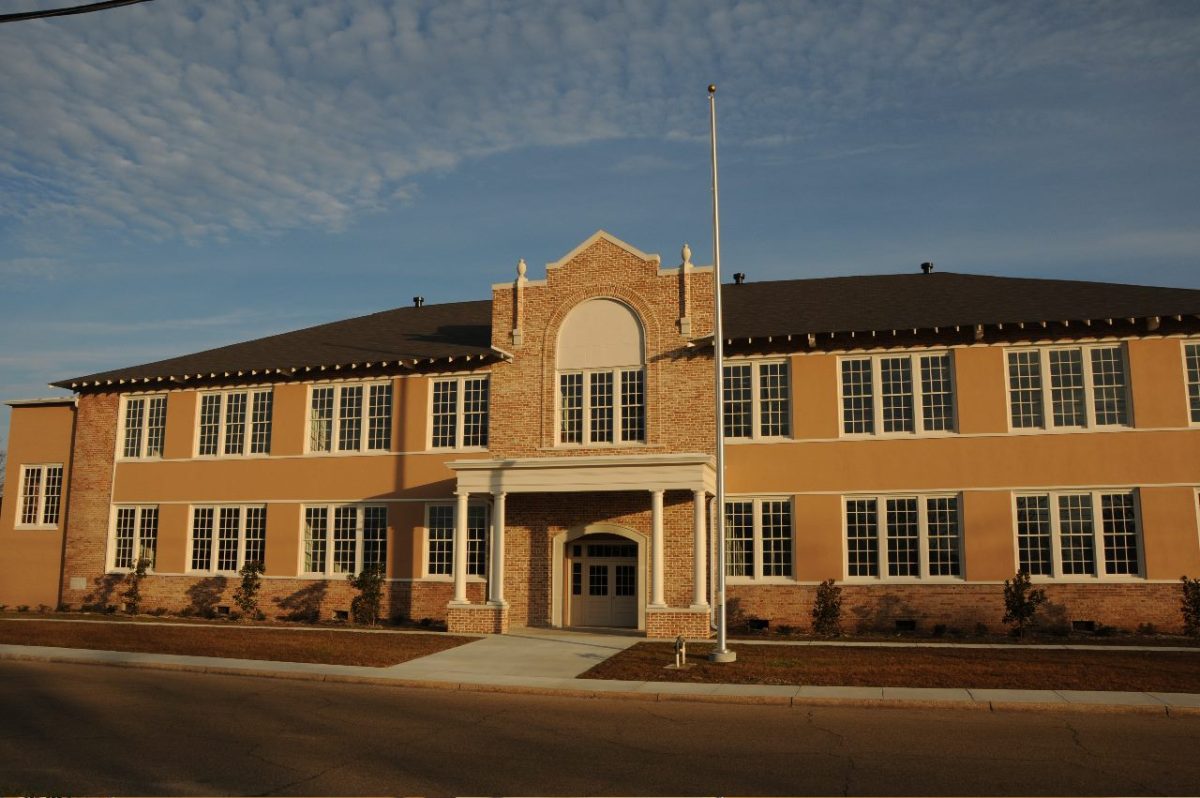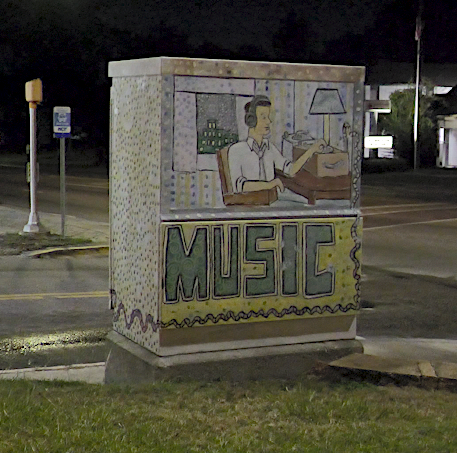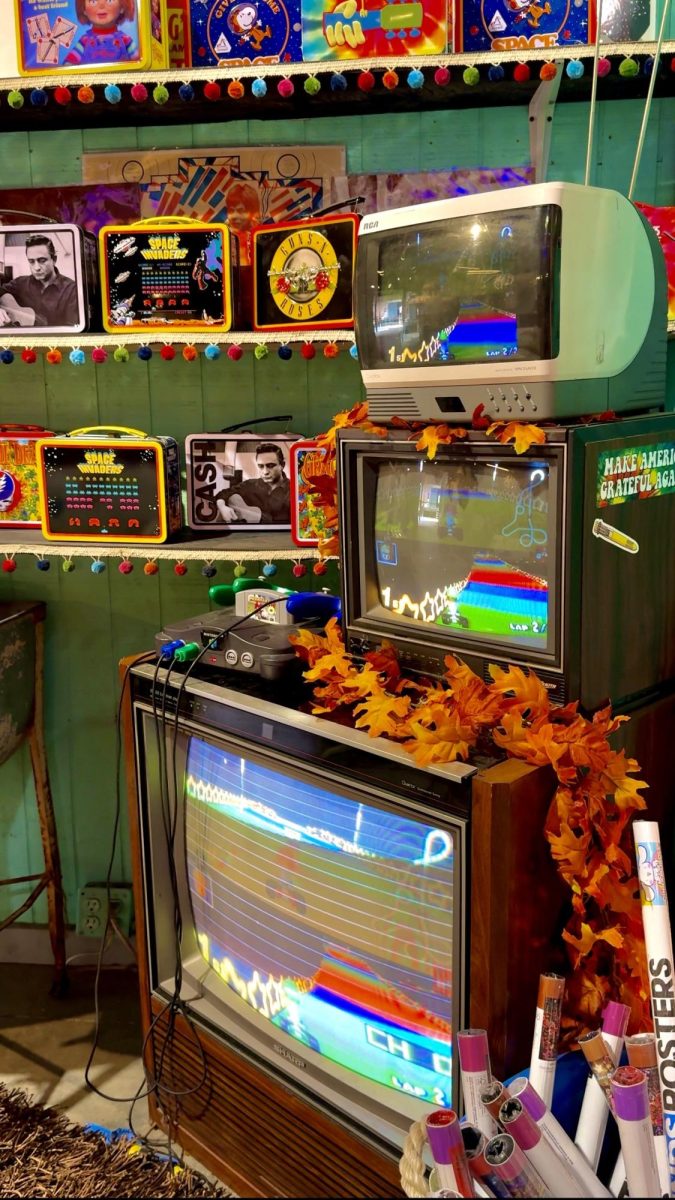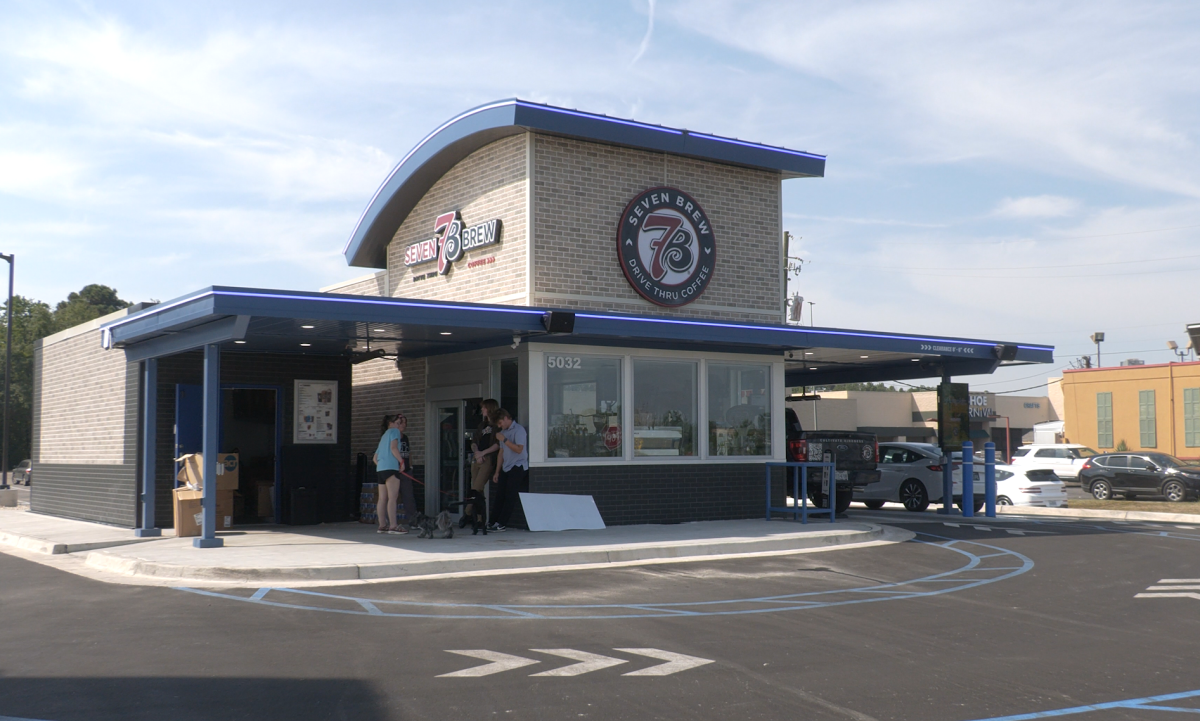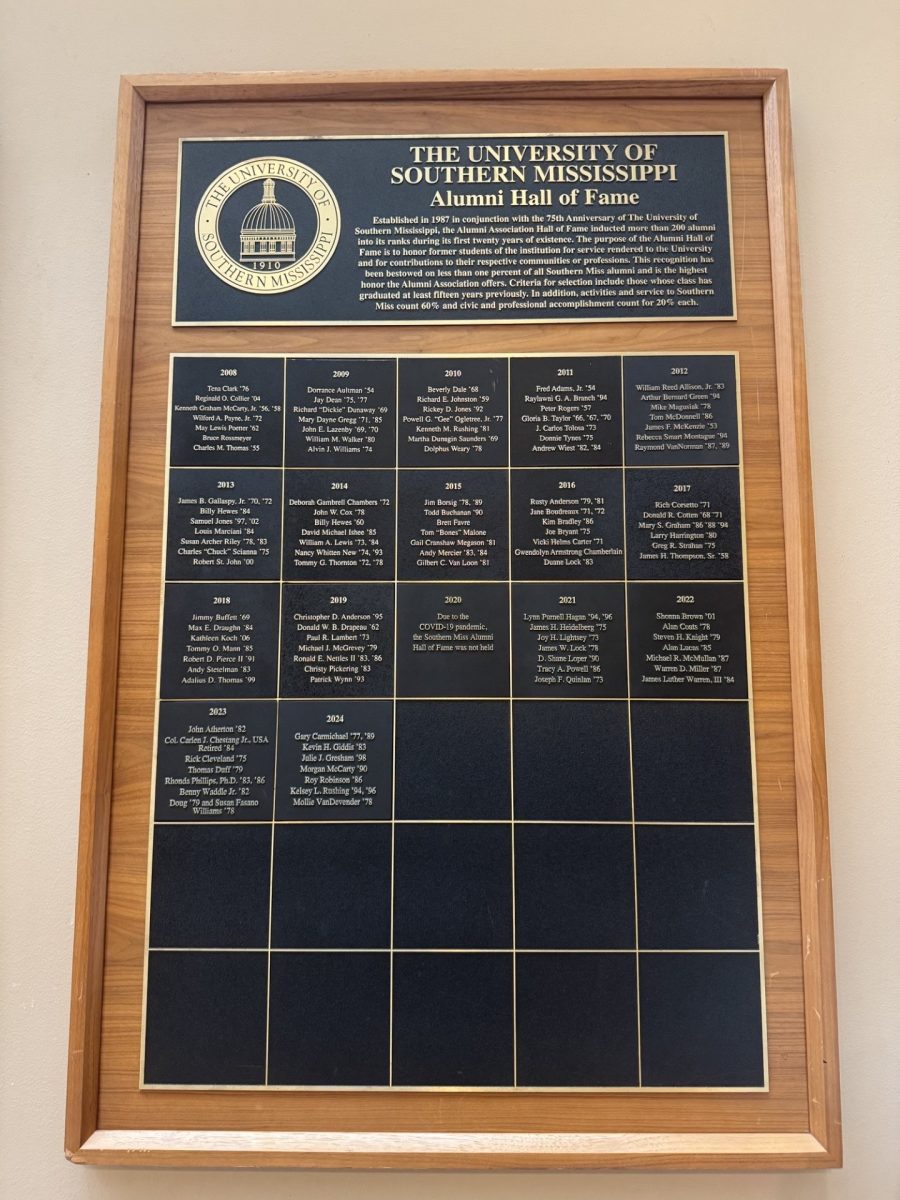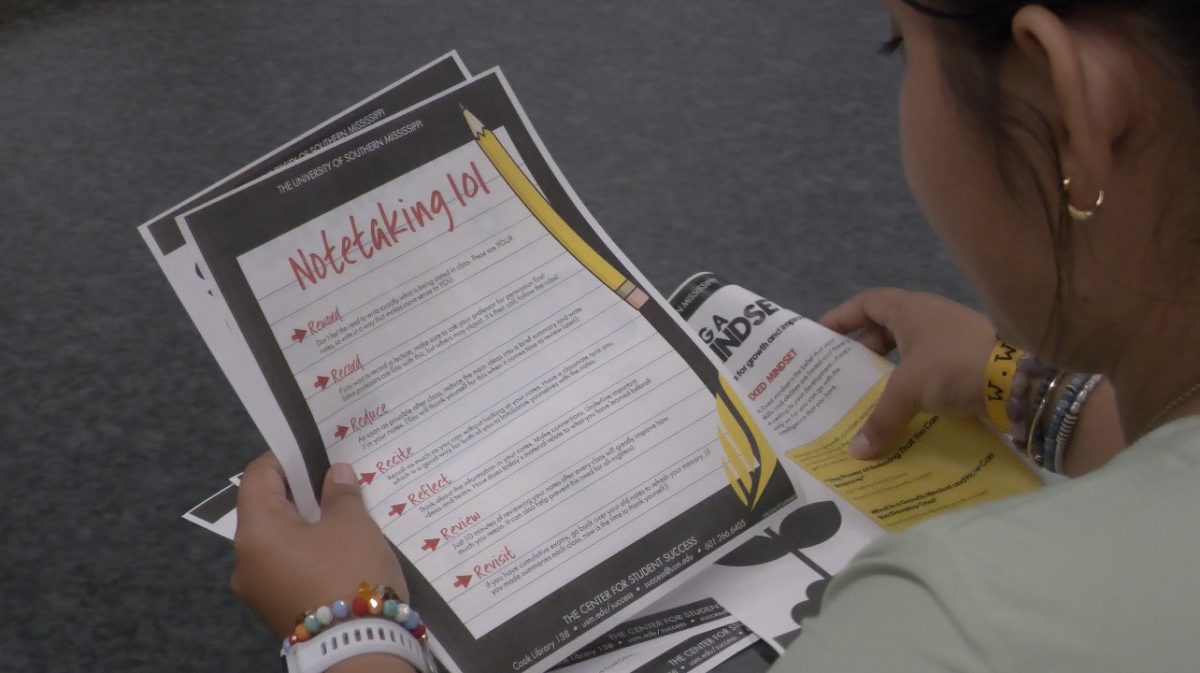More than a century after it first opened, the historic Eureka School in Hattiesburg is working toward a new future as a museum while continuing to honor its past.
Built in 1921, Eureka was one of the first modern brick school buildings for African Americans in Mississippi. It began as a high school serving through ninth grade before expanding to 12th grade. At the time, Black students in Hattiesburg often had to leave the area to finish their education.
“It was a really, really big deal,” said Latoya Norman, director of museums for the Hattiesburg Convention Commission. “Before Eureka, students had to go to Alcorn A&M or other colleges further away just to graduate.”
Although the building no longer serves as a school, it remains a gathering place for alumni and a hub for cultural programming. The site has hosted art exhibitions such as The Essence of the Crown, which celebrated African American hair, and The Curse of Blues, which highlighted Southern blues musicians through music and sculpture.
“These exhibitions really bring history to life,” Norman said. “Just to see them come together and for people to learn about that history has been so rewarding.”
Earlier this year, the school also welcomed back alumna Maggie Perteet, who graduated in 1945 and recently celebrated her 99th birthday.
“She remembered every single one of her classmates by name,” Norman said. “She talked about the impact of her teachers and how many of them came back to pour into the next generation of students. That history still inspires us.”
Plans are now underway to fully transform Eureka into a museum. The vision includes a children’s gallery, a civil rights exhibit focusing on the Freedom Summer of 1964, and expanded educational partnerships with universities like the University of Southern Mississippi and William Carey University.
“We want this place to be what it was back in the 1920s—very inviting, very educational, a place where you can go and just learn,” Norman said.
For Norman, who began her career at the school as an education coordinator, the work is about preserving and passing on a legacy.
Planned exhibits and educational partnerships aim to engage visitors of all ages while preserving the school’s legacy for future generations.
Once fully established, the museum will serve as a space for learning, reflection, and connection to local and regional history.


